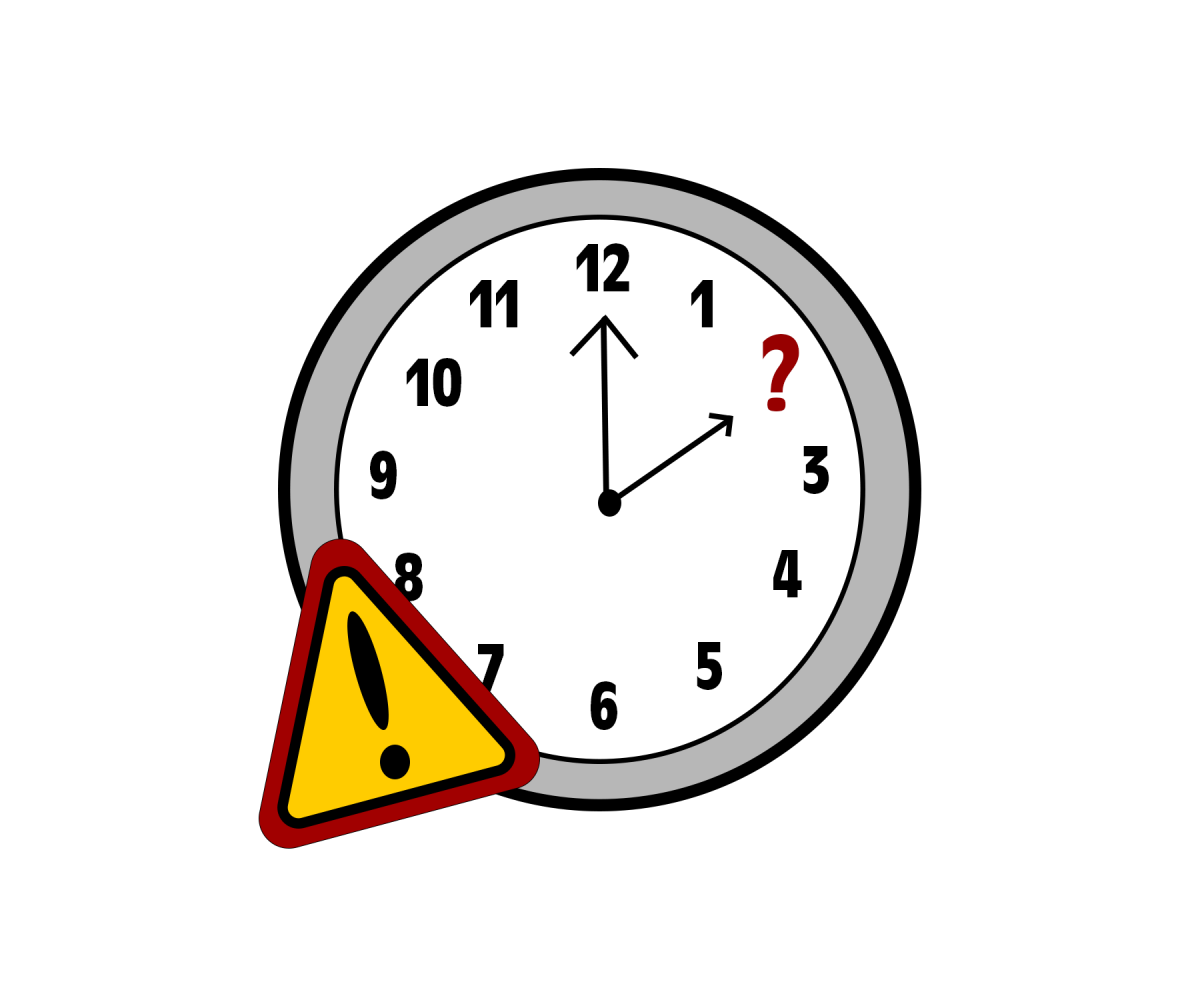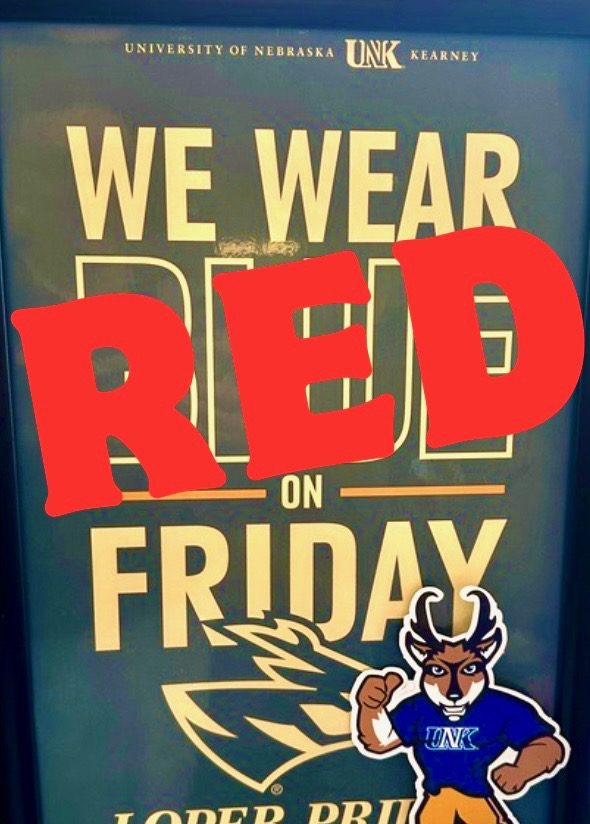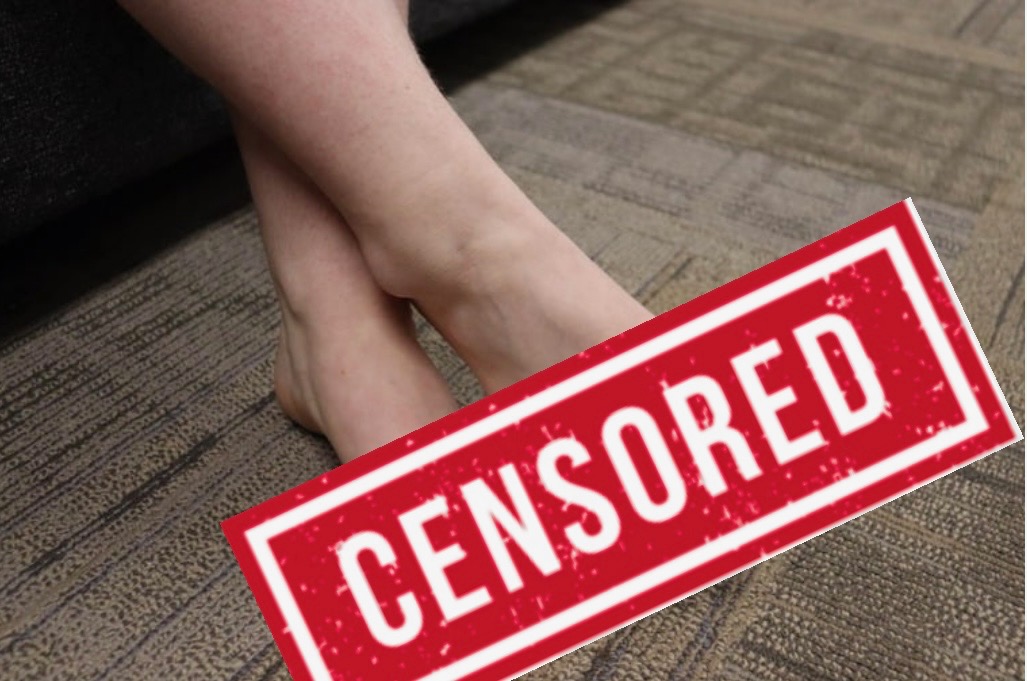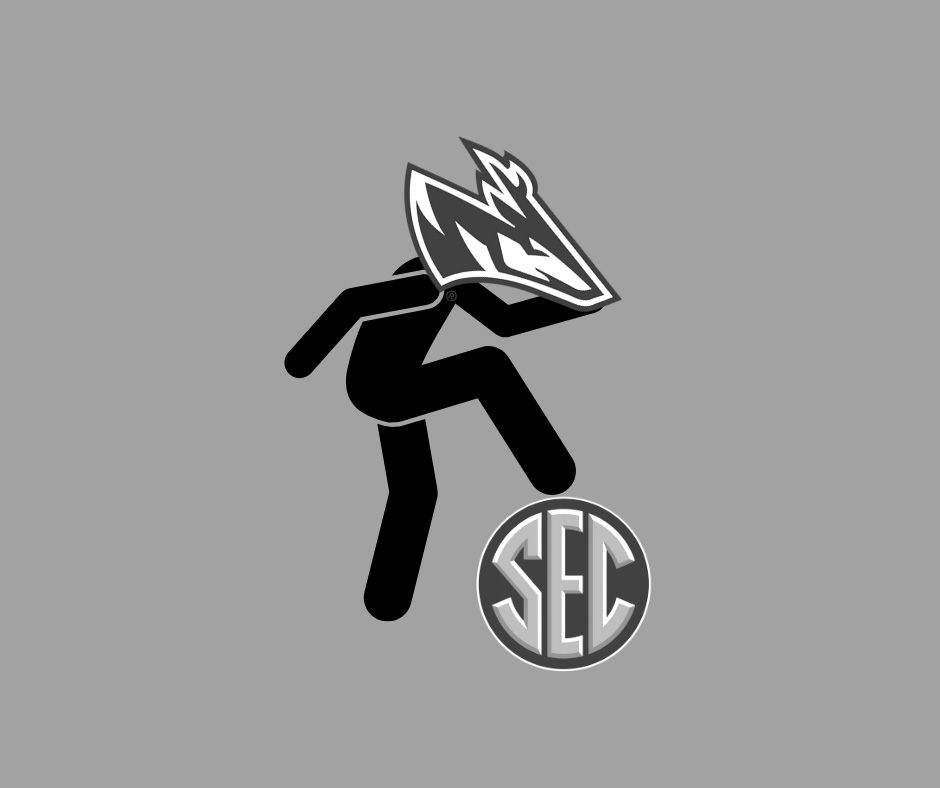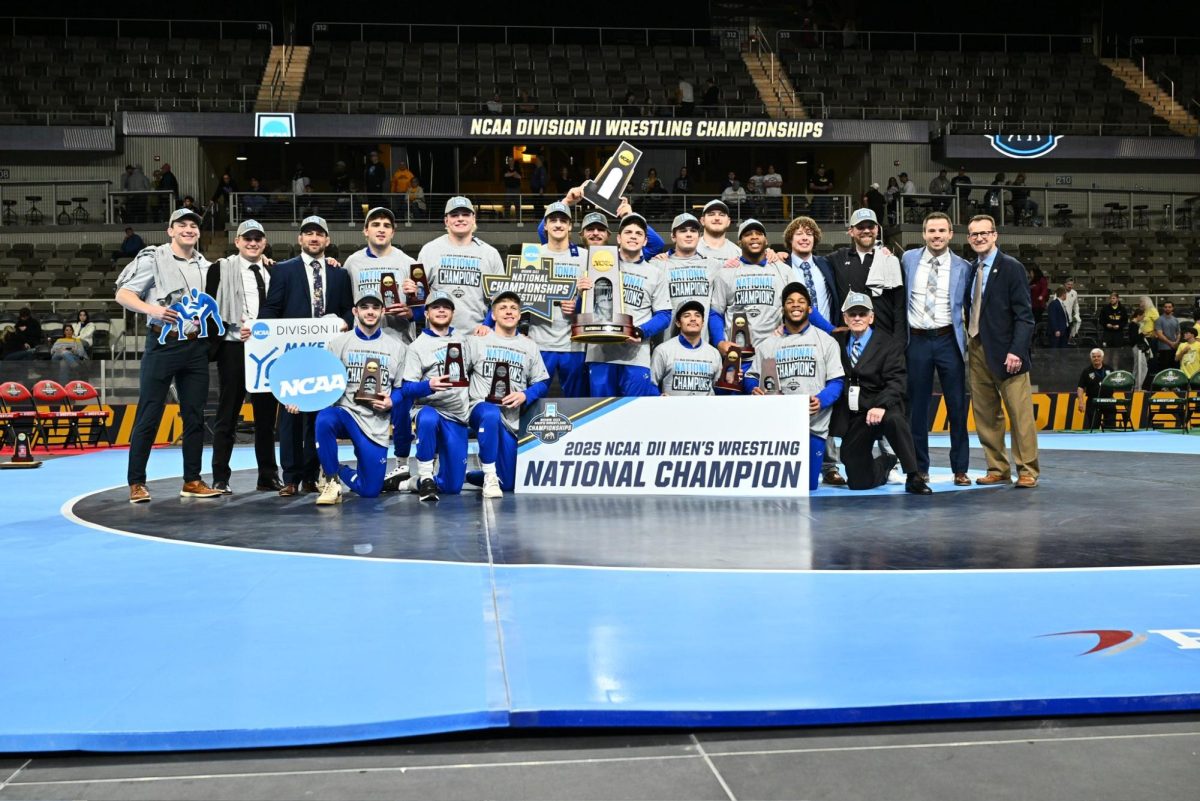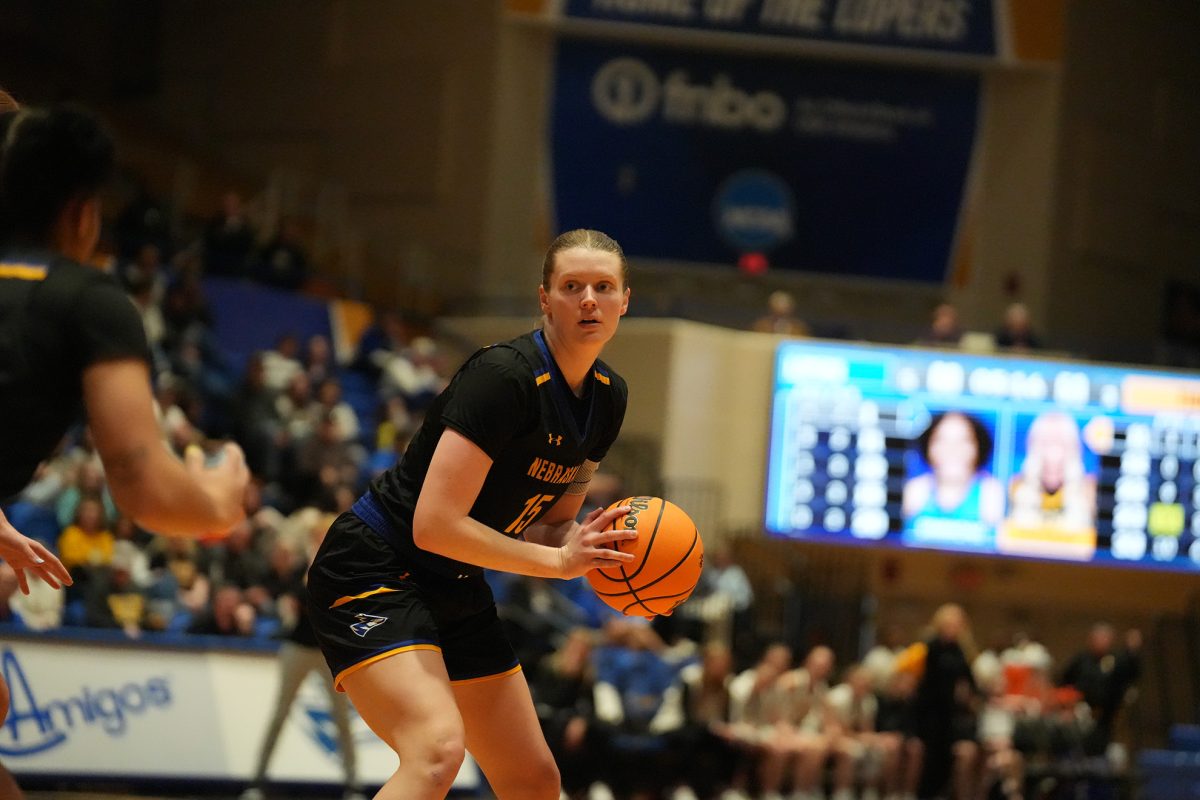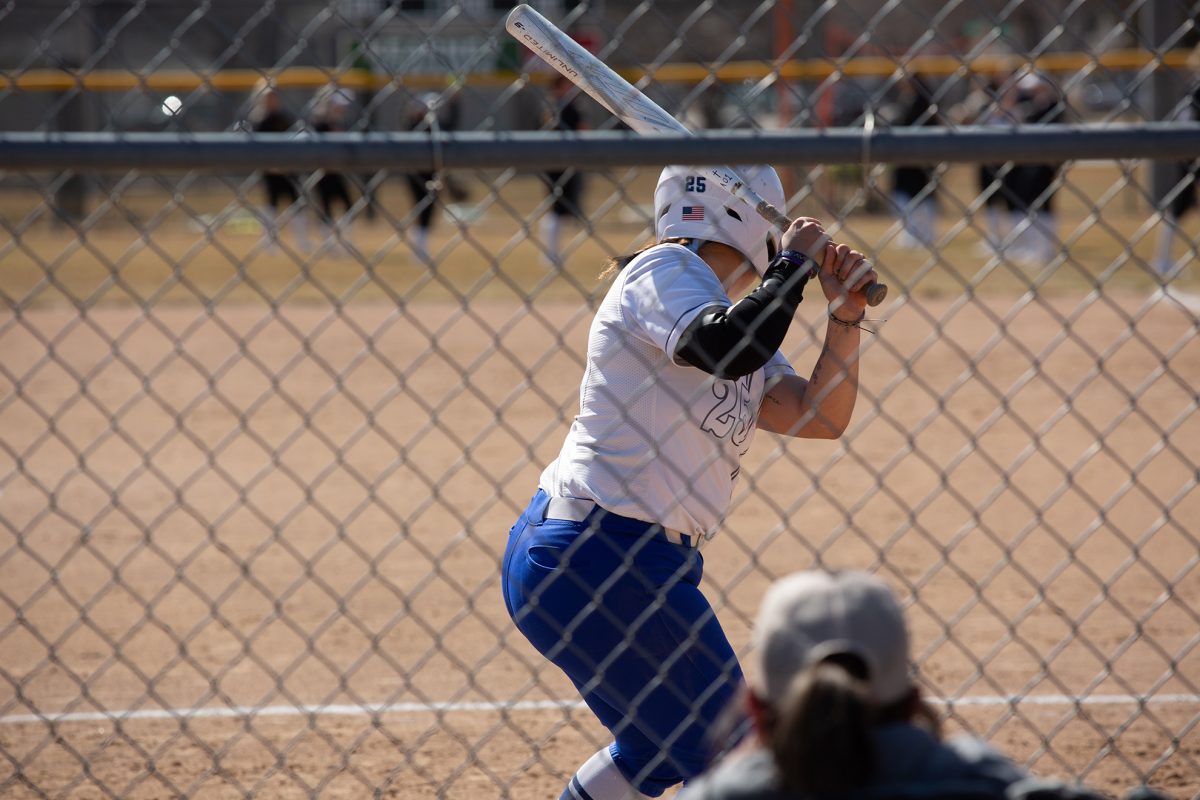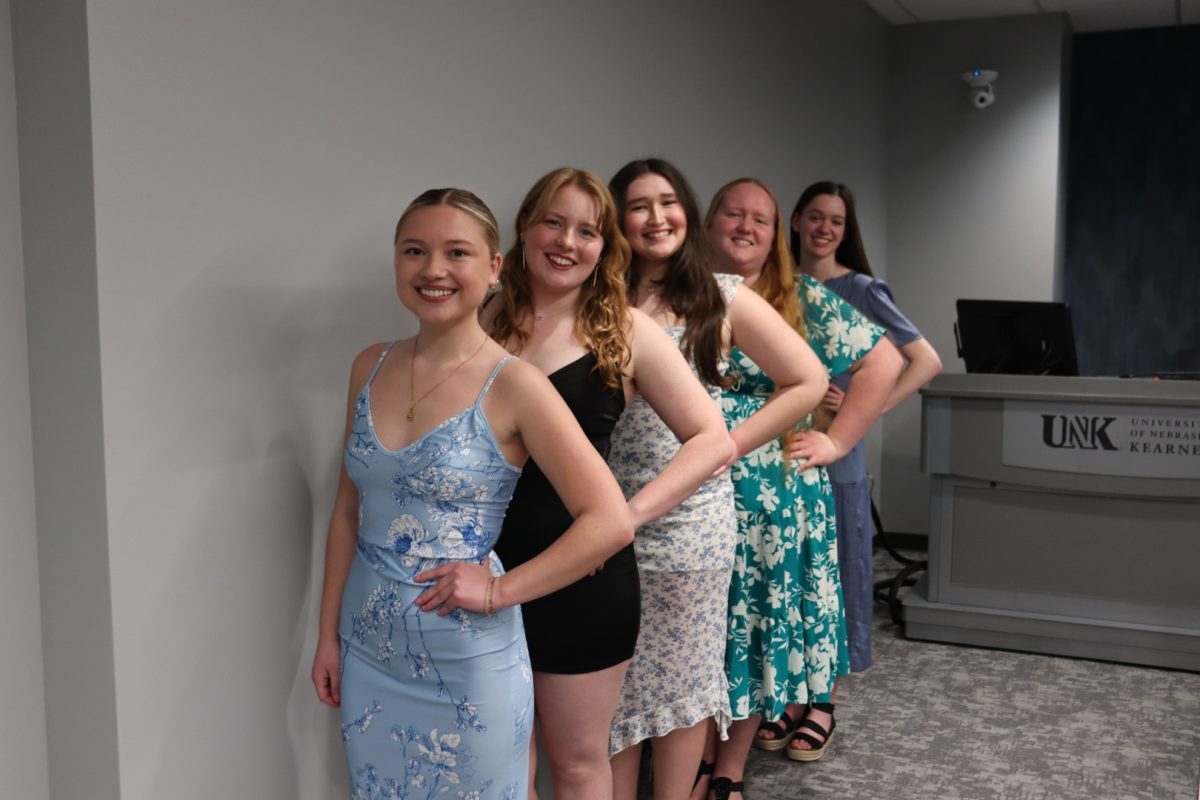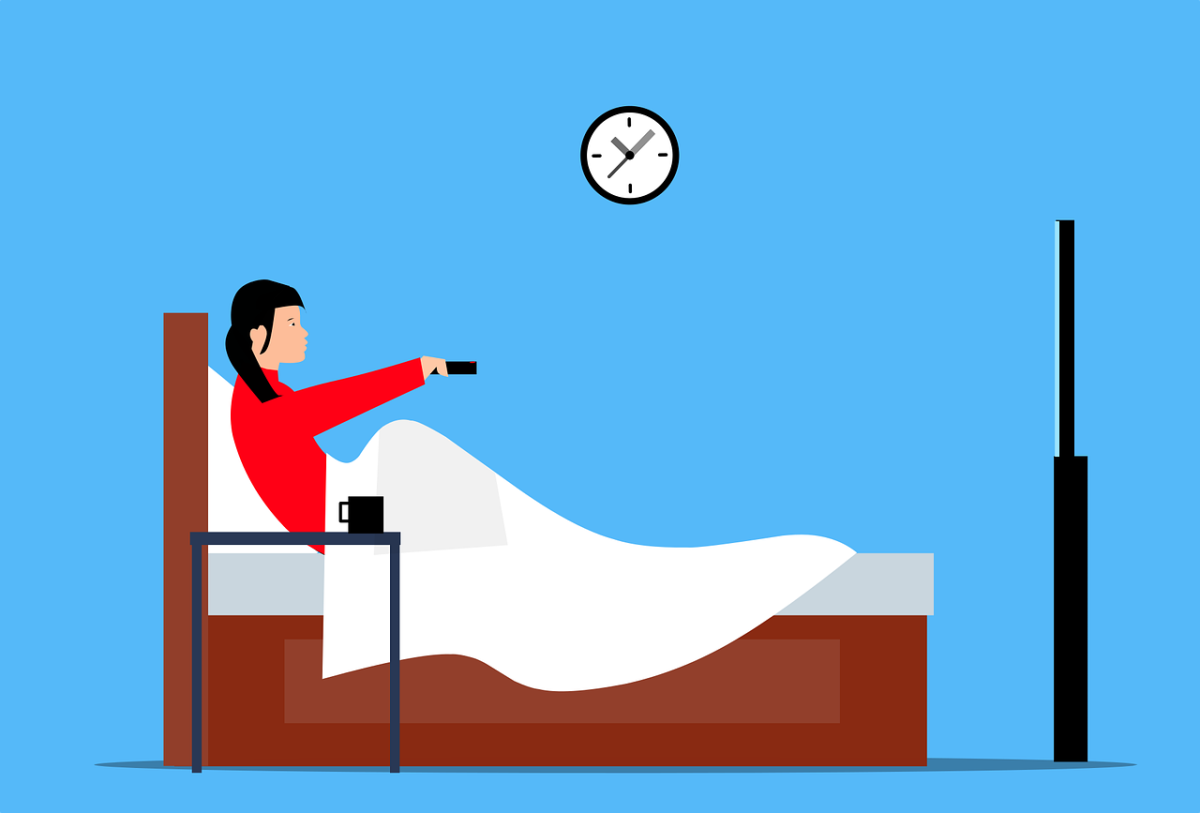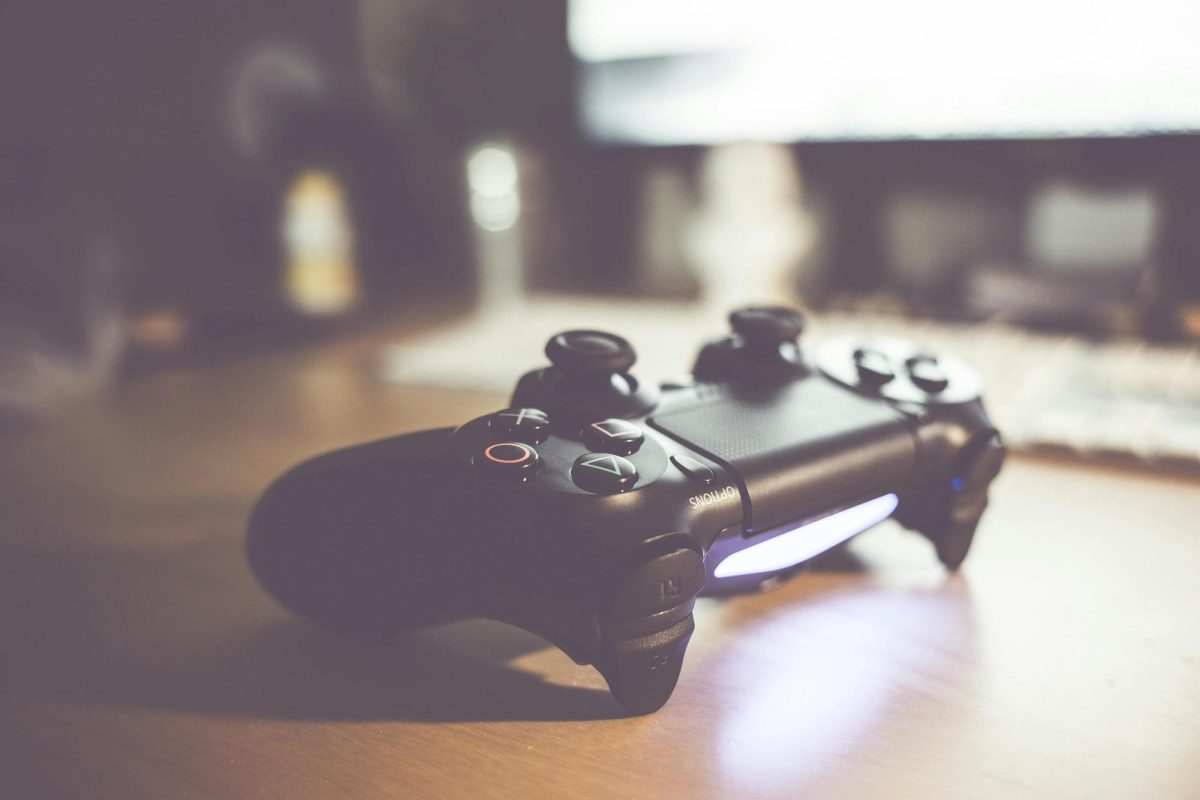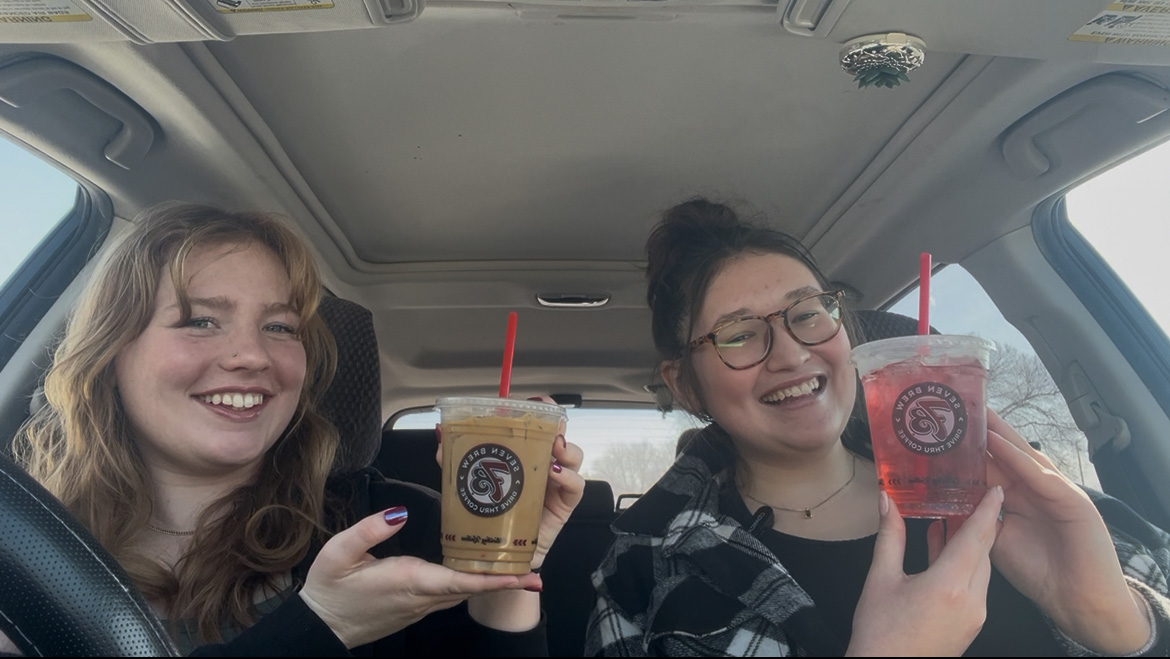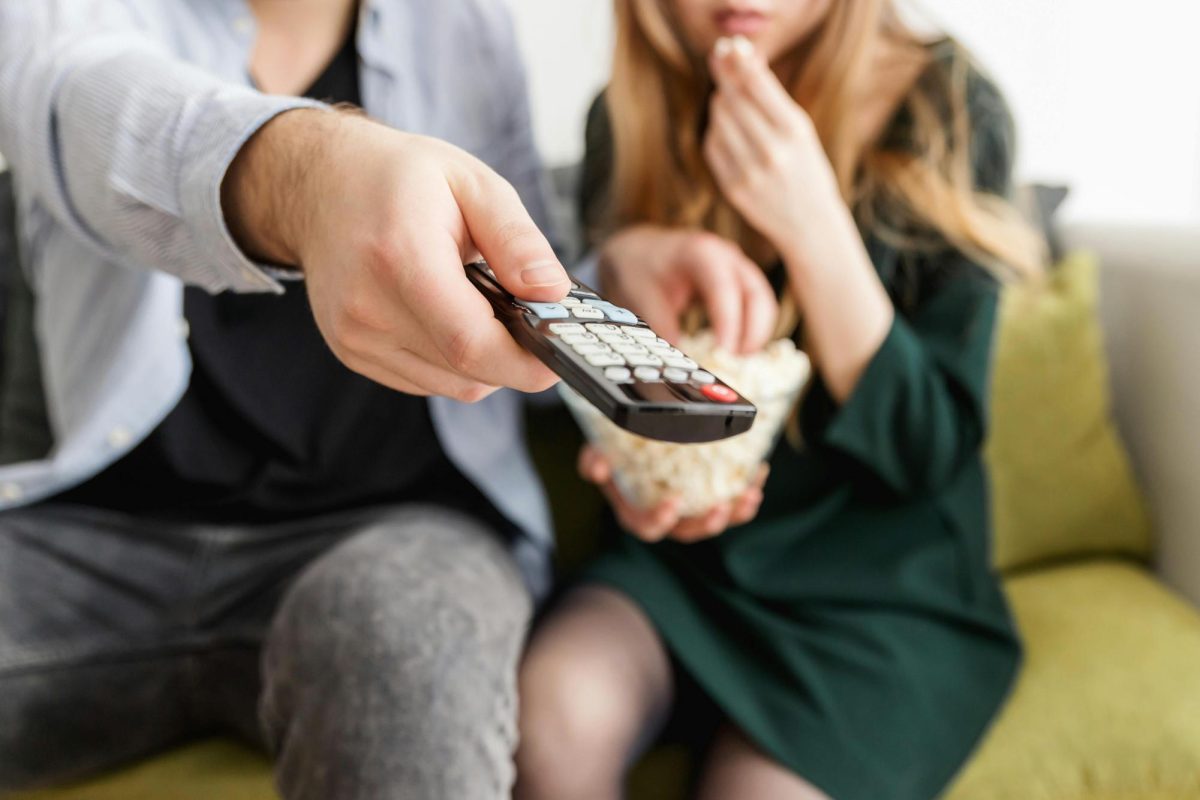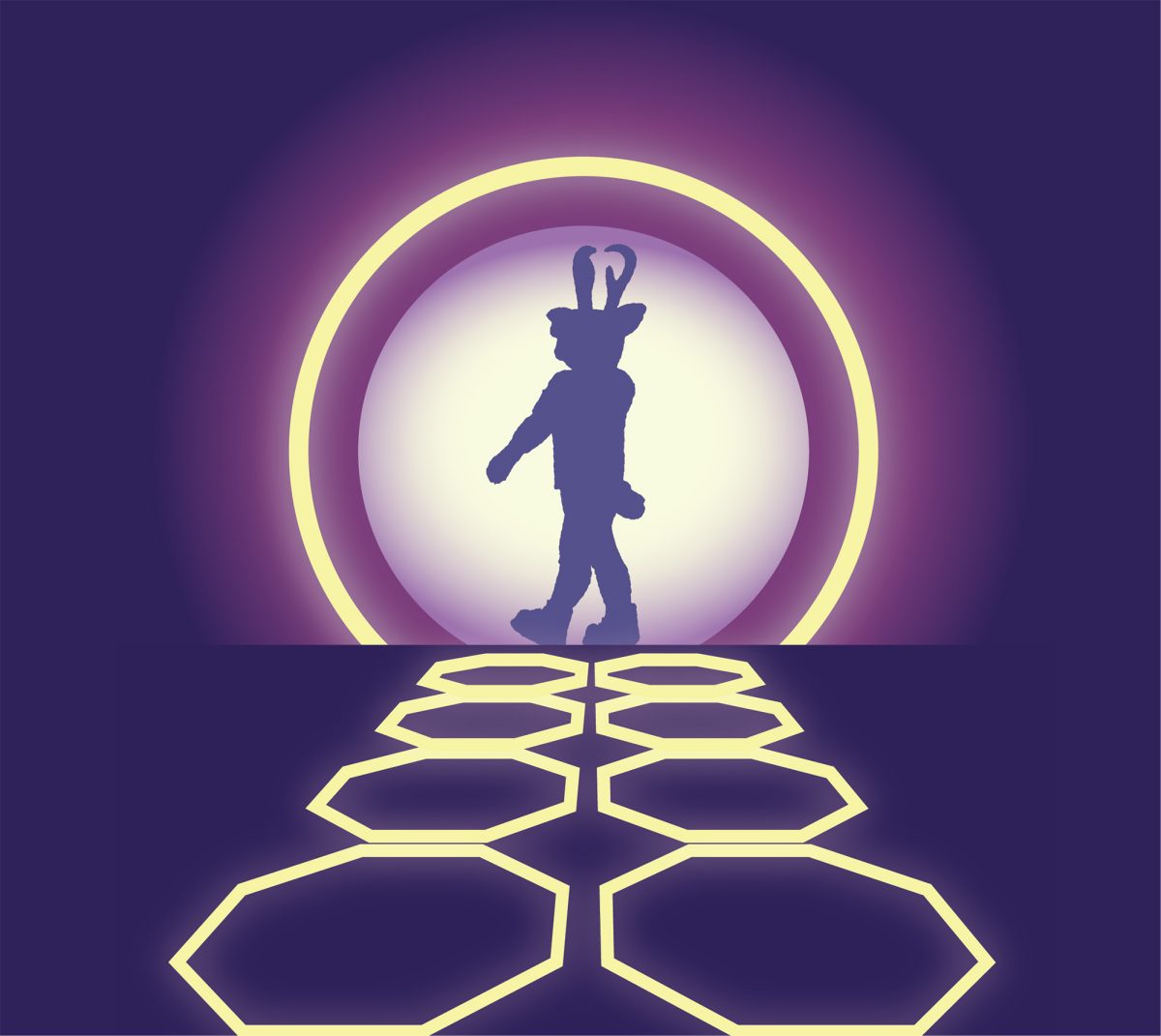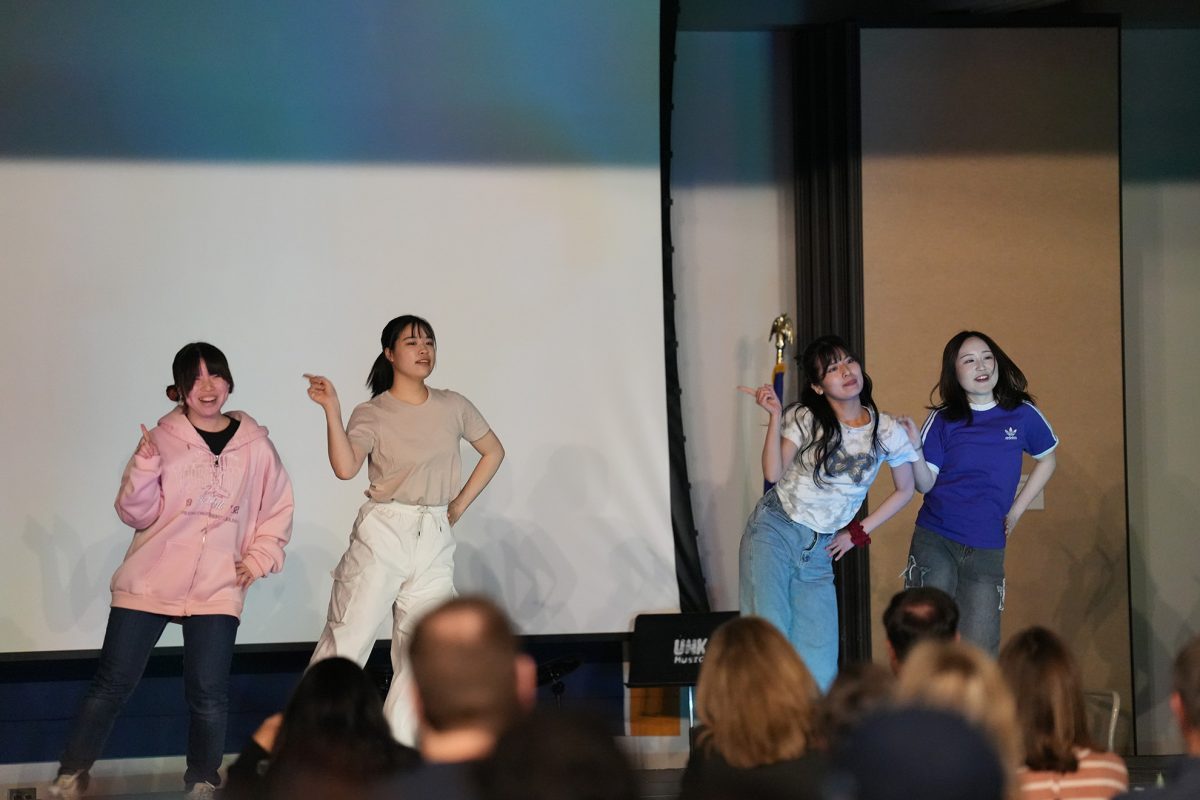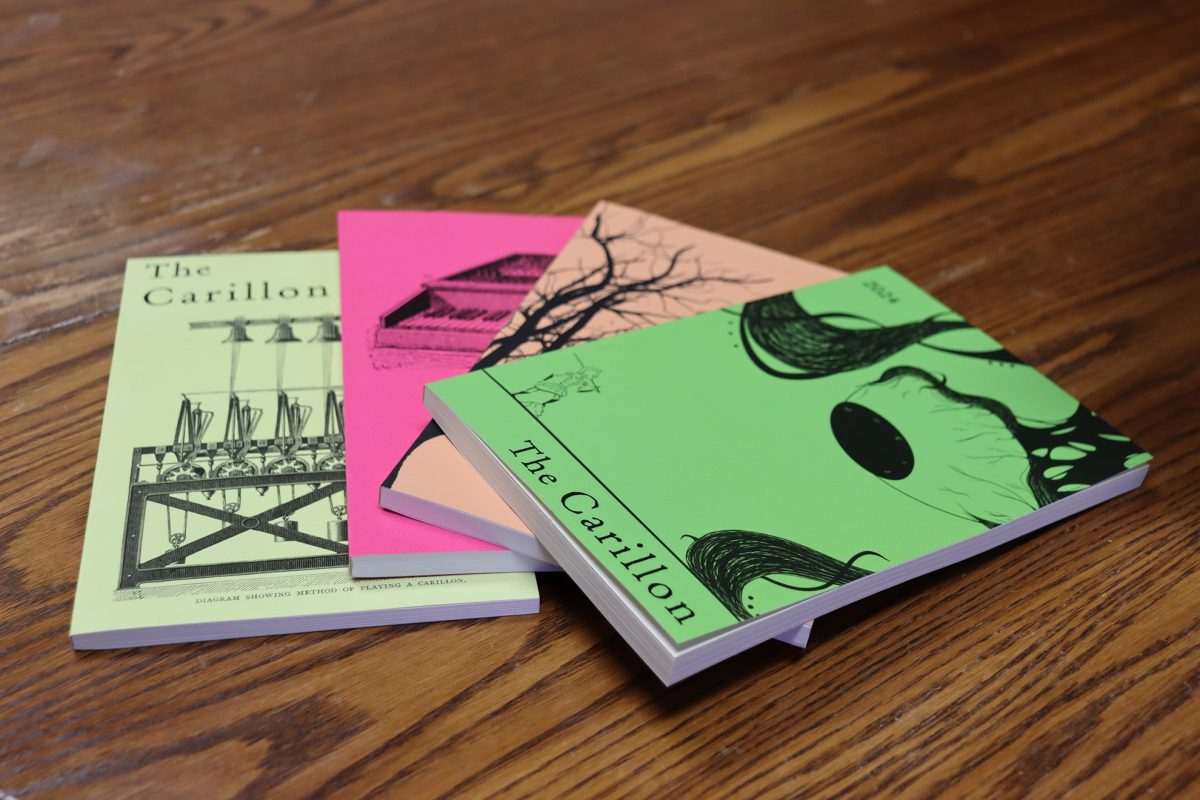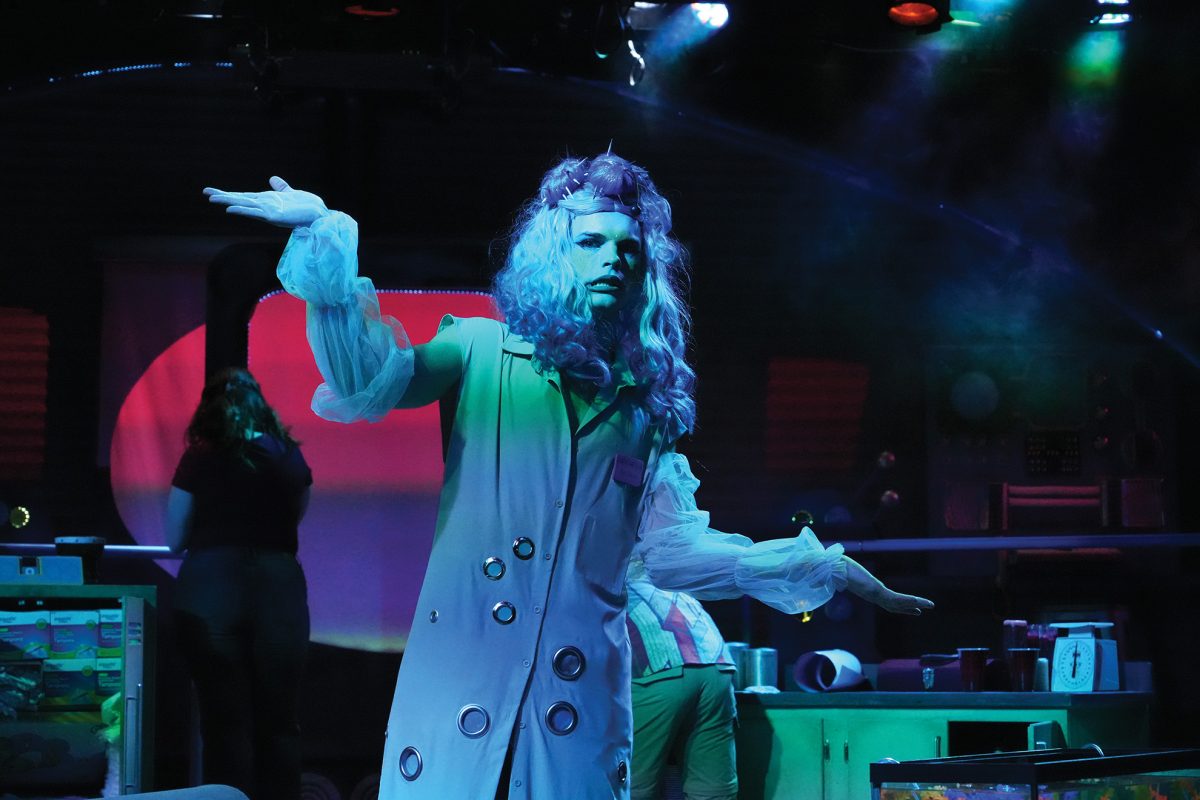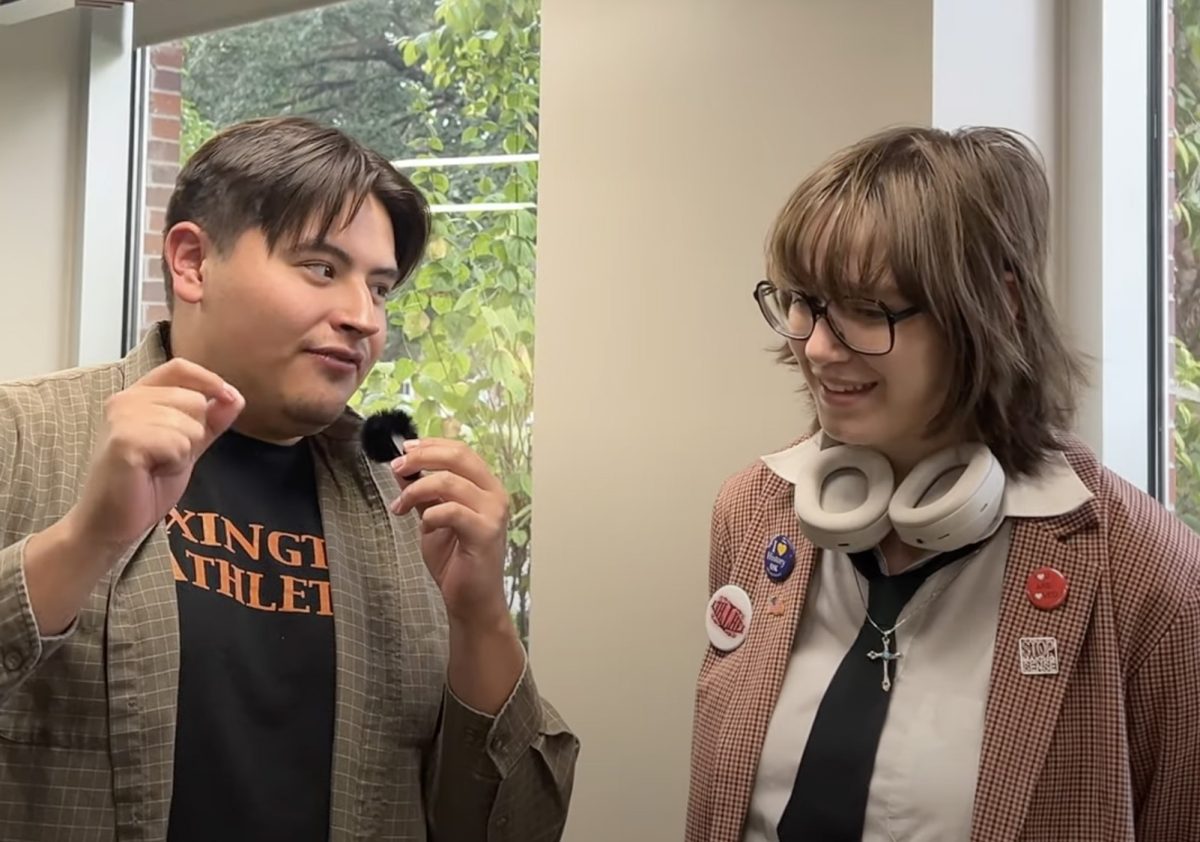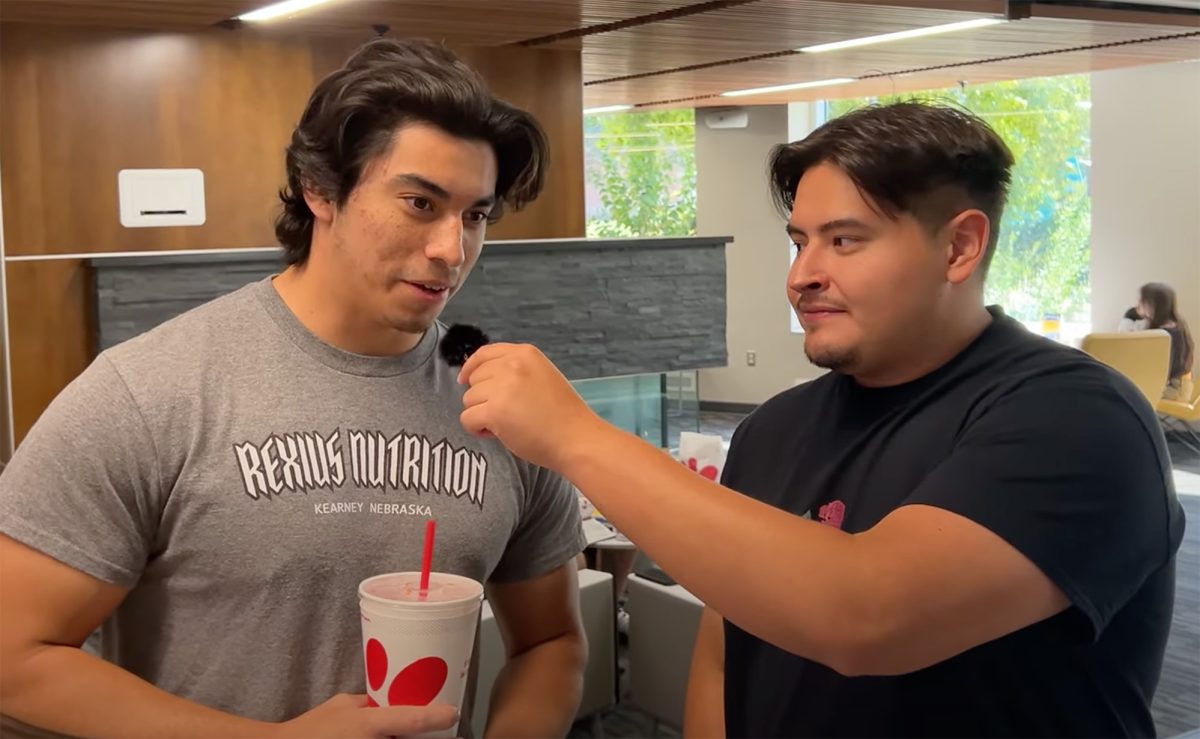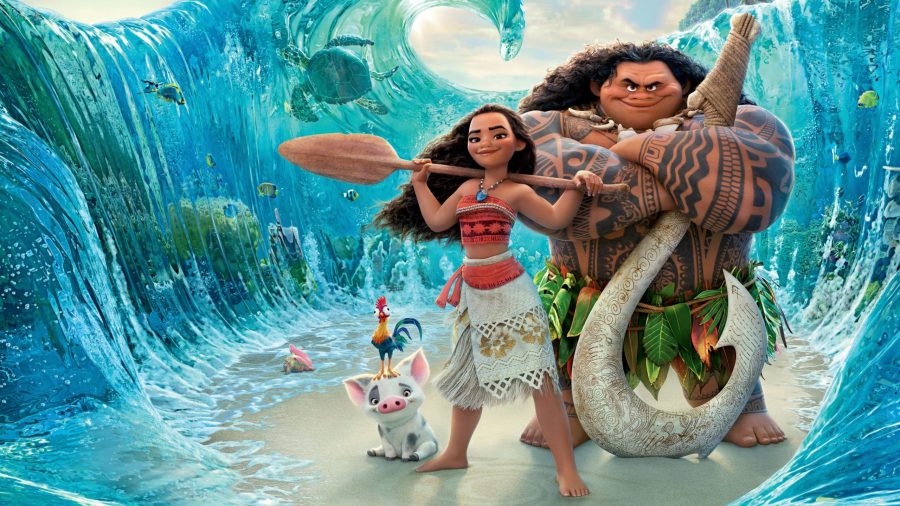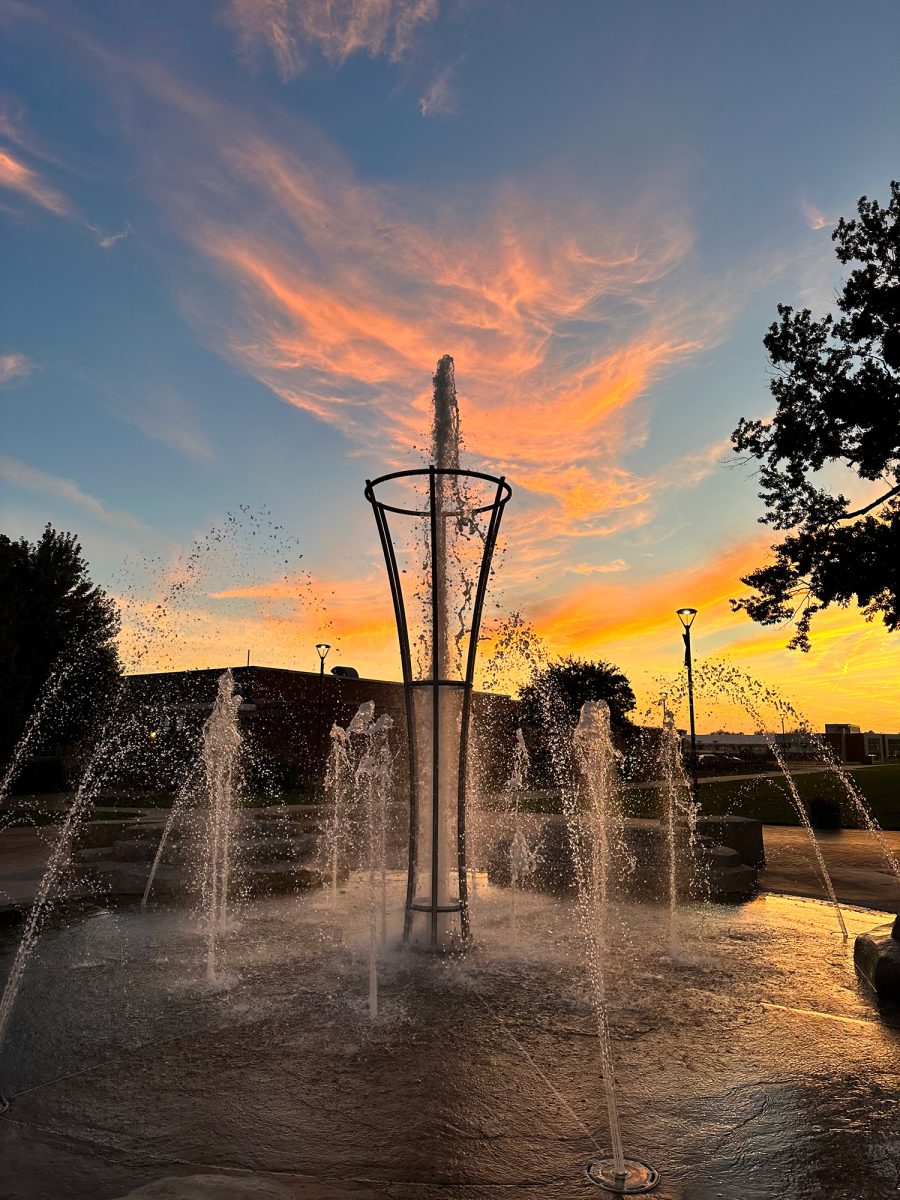As a relatively skinny, white girl, I didn’t struggle to find someone that looked like me in the shows and movies that I watched as a kid. In Nickelodeon shows, Cartoon Network cartoons and princess movies, I always had a character I could relate to and look up to because I looked very similar to them.
Not every kid had the same experience as me.
It means a lot to children to see characters in the media that look like them. Representation of other cultures, sexual identities and races gives children positive role models that they can look up to and connect with. Seeing characters that look, sound and act like them can help children have better confidence and self-esteem during their most important years.
Young children have a limited amount of places from which they get their knowledge of the world. Most have their parents, friends, television and movies. Currently, many struggling parents use technology to occupy and entertain their children.
This makes representation more crucial than ever.
The early years are the most influential in a child’s life, and more diversity allows for children to learn about experiences they don’t normally see in their daily life. Children may also relate to diverse situations in movies or shows that they might not have been exposed to otherwise.
Some may see more diversity in films as a way to push a certain agenda onto children. In reality, pushing for more representation gives children the opportunity to see and relate to different perspectives. When children have limited role models, it is harder for them to branch out as it is all they know.
If we want to push for a more accepting society, this is our first step to do so. Hate is learned. Giving more representation will allow for children to understand and love people that aren’t like them.


